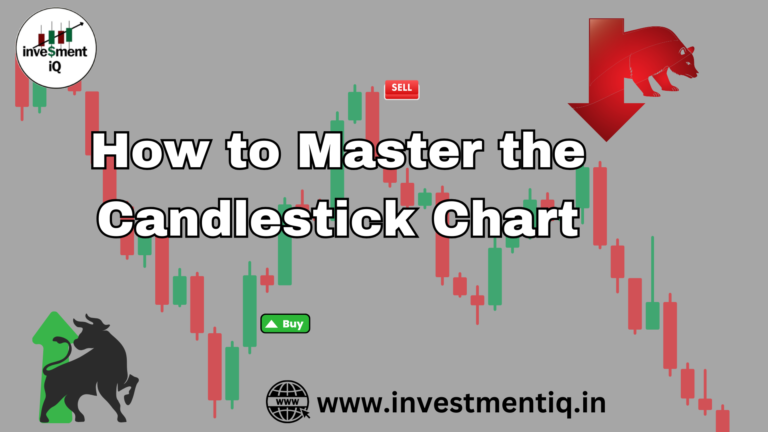Introduction:
In the world of trading, understanding candlestick patterns is crucial for predicting market movements and making informed decisions. One such pattern that often catches the eye of astute traders is the Bullish Belt Hold pattern. This pattern, though relatively simple, can be a powerful signal of a potential reversal from a downtrend to an uptrend.
Imagine you’re on a journey through a rugged mountain trail, where the terrain is tough, and the path is unclear. Suddenly, the sky clears, and you spot a well-marked trail leading upwards. This moment of clarity is akin to the Bullish Belt Hold patterns in trading—a clear sign of a potential upward movement in the market.
Understanding the Bullish Belt Hold Pattern
The Bullish Belt Hold patterns is a single candlestick pattern that appears on price charts signaling a potential reversal from a bearish (downward) trend to a bullish (upward) trend. It is a specific type of candlestick that traders look for when analyzing market sentiment and predicting future price movements.

What Does It Look Like?
The Bullish Belt Hold patterns is characterized by the following features:
- Opening Price: The candle opens at or near its low price for the period, indicating strong selling pressure at the start.
- Body: The candle has a long body, showing that buyers have stepped in and driven the price up significantly from the opening level.
- No or Very Short Upper Shadow: The absence or minimal presence of an upper shadow suggests that the buyers maintained control throughout the trading session.
This candlestick is usually found after a series of bearish candles, making it a potential signal that the downtrend is losing momentum and a reversal might be imminent.

To truly appreciate the Bullish Belt Hold patterns, it helps to look at some historical examples where this pattern has appeared on market charts. Let’s consider a few instances where this pattern indicated a significant market reversal.
Case Study 1: The Tech Stock Rebound
In early 2020, the tech sector experienced a notable sell-off due to concerns about overvaluation and the impact of the global pandemic. However, in March 2020, a Bullish Belt Hold patterns emerged on the daily chart of a leading tech stock. This single candlestick marked the beginning of a powerful rally that saw the stock price double over the next six months.
Traders who recognized this pattern and understood its implications could have entered long positions early, capitalizing on the subsequent uptrend.
Case Study 2: The Post-Recession Recovery
During the recovery from the 2008 financial crisis, many stocks showed Bullish Belt Hold patterns on their weekly charts. These patterns often appeared after prolonged periods of decline, signaling the start of a more sustained recovery. For example, a major automotive stock exhibited this pattern in late 2009, just before embarking on a multi-year bull run.
Why the Bullish Belt Hold Pattern Matters
The significance of the Bullish Belt Hold patterns lies in its ability to indicate a shift in market sentiment. When this pattern appears, it suggests that buyers are gaining strength and are likely to push prices higher in the near term. For traders, recognizing this pattern early can provide an opportunity to enter the market at a favorable price before the broader trend reversal becomes apparent to everyone.
How to Trade the Bullish Belt Hold Pattern
Now that we understand what the Bullish Belt Hold patterns is and why it matters, let’s explore how traders can incorporate it into their trading strategies.
Step 1: Identify the Pattern
The first step is to correctly identify the Bullish Belt Hold pattern on your price chart. This involves looking for a single candlestick with the characteristics mentioned earlier—a long bullish body with little to no upper shadow, appearing after a downtrend.
Step 2: Confirm the Reversal
While the Bullish Belt Hold patterns can be a strong signal on its own, it’s always wise to confirm the reversal using additional technical indicators or chart patterns. For example, you might look for a break above a resistance level or a crossover of a moving average to confirm the upward momentum.
Step 3: Plan Your Entry and Exit
Once the pattern is confirmed, you can plan your entry into the trade. Many traders enter the market as soon as the next candle opens above the Bullish Belt Hold candle’s high. For risk management, consider setting a stop-loss below the low of the Bullish Belt Hold candle to protect against unexpected price reversals
Your exit strategy will depend on your trading style. Some traders might aim for a specific price target, while others may use a trailing stop to capture more of the potential uptrend.
Step 4: Monitor the Trade
As with any trading strategy, it’s important to monitor your trade and be ready to adjust your plan if market conditions change. Keep an eye on additional technical indicators and market news that might influence the price action.
Common Mistakes to Avoid
While the Bullish Belt Hold patterns can be a powerful tool in a trader’s arsenal, it’s important to avoid common pitfalls that can lead to losses.
Mistake 1: Ignoring Market Context
The Bullish Belt Hold pattern should not be analyzed in isolation. It’s crucial to consider the broader market context, including the prevailing trend, support and resistance levels, and other technical indicators. For example, if the pattern appears within a strong downtrend with no other signs of reversal, it may be a false signal.
Mistake 2: Overtrading the Pattern
Not every Bullish Belt Hold patterns will lead to a significant reversal. Some traders make the mistake of trading every appearance of this pattern without considering other factors. It’s important to be selective and wait for patterns that appear in conjunction with other bullish signals.
Mistake 3: Poor Risk Management
Even when a Bullish Belt Hold patterns leads to a profitable trade, poor risk management can erode gains. Always use stop-loss orders to protect your capital and ensure that your position size is appropriate for your risk tolerance.

The Bullish Belt Hold patterns is versatile and can be applied across different markets, including stocks, forex, commodities, and cryptocurrencies. However, it’s important to remember that the effectiveness of the pattern can vary depending on the market and the time frame you are trading.
Stocks
In the stock market, the Bullish Belt Hold patterns often appears after a period of selling pressure, signaling a potential rebound. It can be particularly useful for swing traders and position traders who are looking to capture medium-term trends.
Forex
In the forex market, the Bullish Belt Hold patterns can indicate a shift in currency pair sentiment. However, forex traders should be cautious, as the market is heavily influenced by macroeconomic factors and geopolitical events, which can override technical signals.
Commodities
Commodities traders may find the Bullish Belt Hold patterns useful for identifying reversals in markets such as gold, oil, and agricultural products. In these markets, the pattern may signal a shift in supply and demand dynamics.
Cryptocurrencies
The volatile nature of cryptocurrencies makes the Bullish Belt Hold patterns a valuable tool for traders seeking to capitalize on rapid price movements. However, the pattern should be used in conjunction with other indicators due to the high level of market noise.
Conclusion
The Bullish Belt Hold patterns is a valuable addition to any trader’s toolkit, offering a clear signal of potential market reversals. By understanding how to identify this pattern, confirming its signals, and applying sound trading strategies, traders can enhance their ability to navigate the markets successfully.
you may be interested in this blog here:-
Full Stack Development Salary in India – 2024 Trends and Insights
Salesforce Developer Salary in India An In-Depth Analysis




